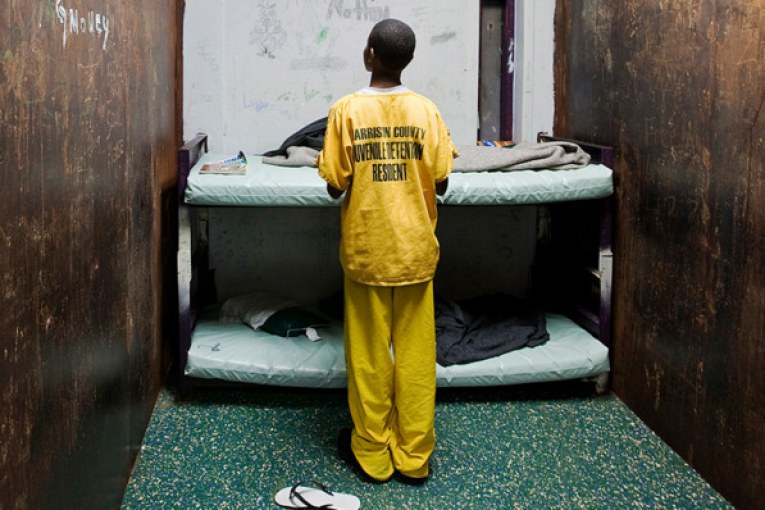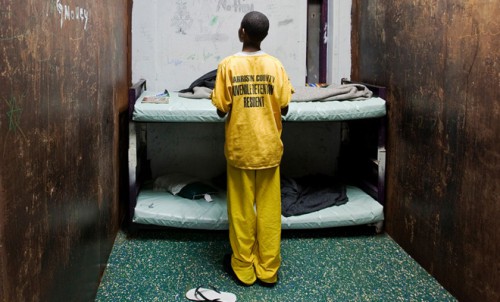

By Helen Shamamyan
WASHINGTON, DC – Across 23 states and eight community districts, initiatives have been taken to reduce the frequency of formal prosecution and juvenile incarceration for their youth by leaning on the expansion of diversion programs, according to The Sentencing Project.
The project’s “New Report: America’s Growing Movement to Divert Youth Out of the Justice System” covers the various improvements and changes in policy that numerous states have taken.
According to the report, “Protect and Redirect: America’s Growing Movement to Divert Youth Out of the Justice System” diversion programs have had an astonishingly high failure rate in the past.
Given the statistics, the report notes these unfortunate results tend to be associated with involvement from the courts.
The recent report gives examples of some of the barriers to diversion completion, such as the participation fees and fines required, stating that, according to the youth justice advocacy organization, Debt Free Justice, “nine states have fully abolished fines and fees.”
The Sentencing Project recommends states prioritize the development of methods and systems through which the frequency of diversion failures is reduced, detailing in the new report how promising and advantageous many of the specific state and city expansions have been in this endeavor.
The report explains how the diversion movements emphasize restorative justice, requiring youth to “focus on and repair the harm caused by their misconduct, and often include face-to-face meetings with victims.”
Quoted in the original report is the National Center for State Courts, writing, “Youth should never have to enter the juvenile justice system to access services.”
The text examines how, “Too often, young people enter the delinquency court system not because they have committed serious offenses, but rather because they face acute needs and require support… In all of these cases, formal processing in juvenile courts is unnecessary and counterproductive.”
According to the author of the original report, Richard A. Mendel, “It is gratifying to see the youth justice field awakening to the importance of diversion in lieu of arrest and formal court processing, and to see legislatures across the country support greater use of diversion. We hope to see this momentum accelerate in the years to come.”
The Senior Research Fellow also stated, “Diversion has long been an option in juvenile justice, but it has been sorely underutilized – especially for youth of color.”
To add to the significance of opening diversion programs, the report also notes youth arrests have been correlated with the lesser chance that the individual will complete high school and increased chances of recidivism and re-offense, adding youth success nationwide greatly depends on the bolstering of diversion opportunities.
The report lists many examples of state and city experiences with the new and innovative programs in place.
For instance, a restorative justice program member in Colorado shared their thoughts on the community outreach enabled by the program, noting, “To sit down across the table from someone whom you’ve harmed and work to make a repair is infinitely more difficult than to stand in front of the judge and say nothing.”
San Francisco, adds the report, has initiated the enrollment of many youth misdemeanor cases and felony cases into a “community-based diversion program” that includes supportive resources, such as mental health counseling, jobs, community service opportunities, and other such public availabilities.
The former Policy Director of Equity and Diversion at the Center for Children’s Law and Policy, Tiana Davis, said she sees “more energy around diversion than ever before…especially around community-focused diversion.”
“Project and Redirect” will be a five-part series addressing the growing use of diversion programs, of which “Protect and Redirect: America’s Growing Movement to Divert Youth Out of the Justice System” is the first.
The series hopes to provide “tools for criminal legal practitioners, youth justice lawmakers and advocates to implement successful diversion programs,” as described in The Sentencing Project’s web article.